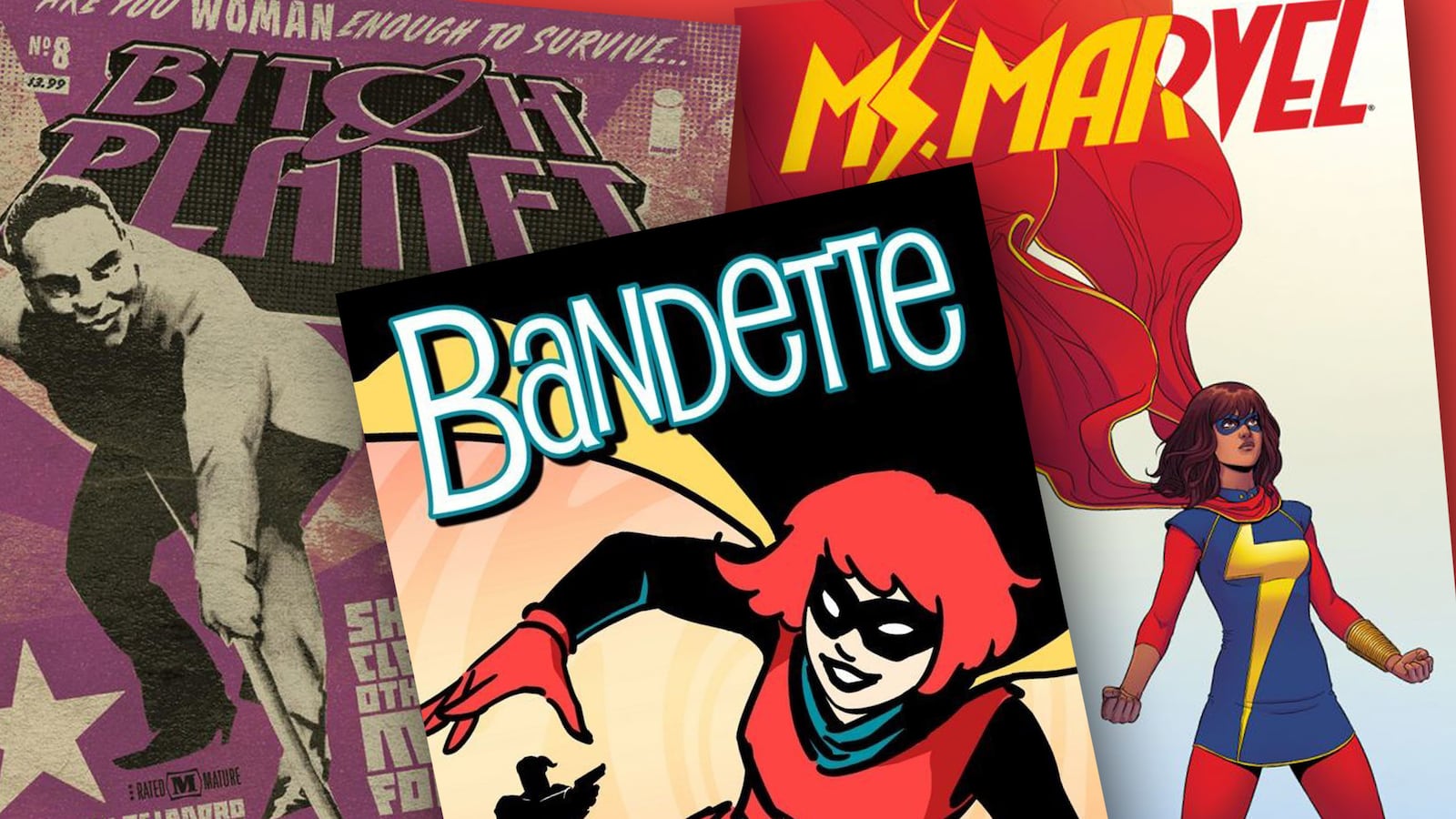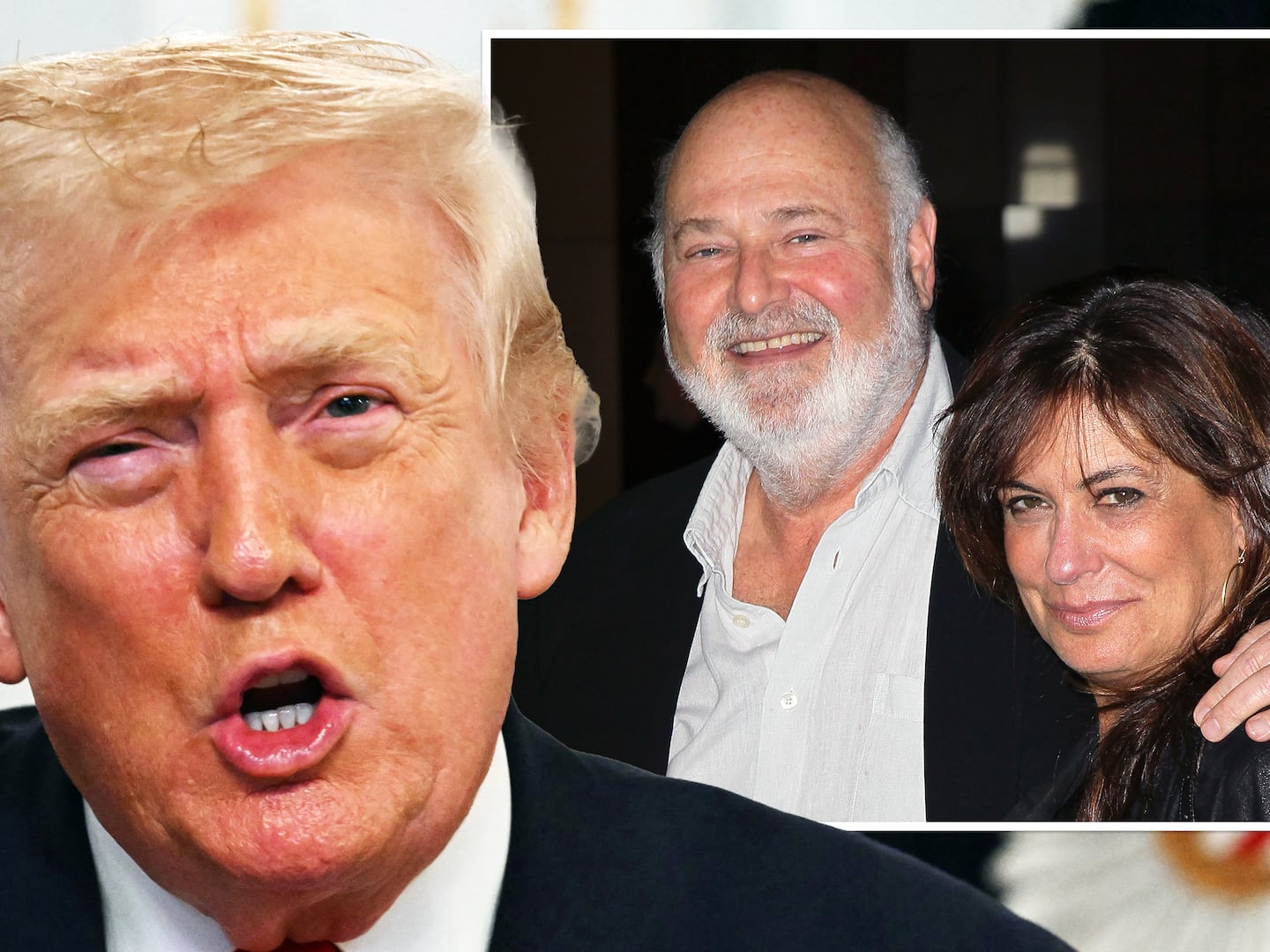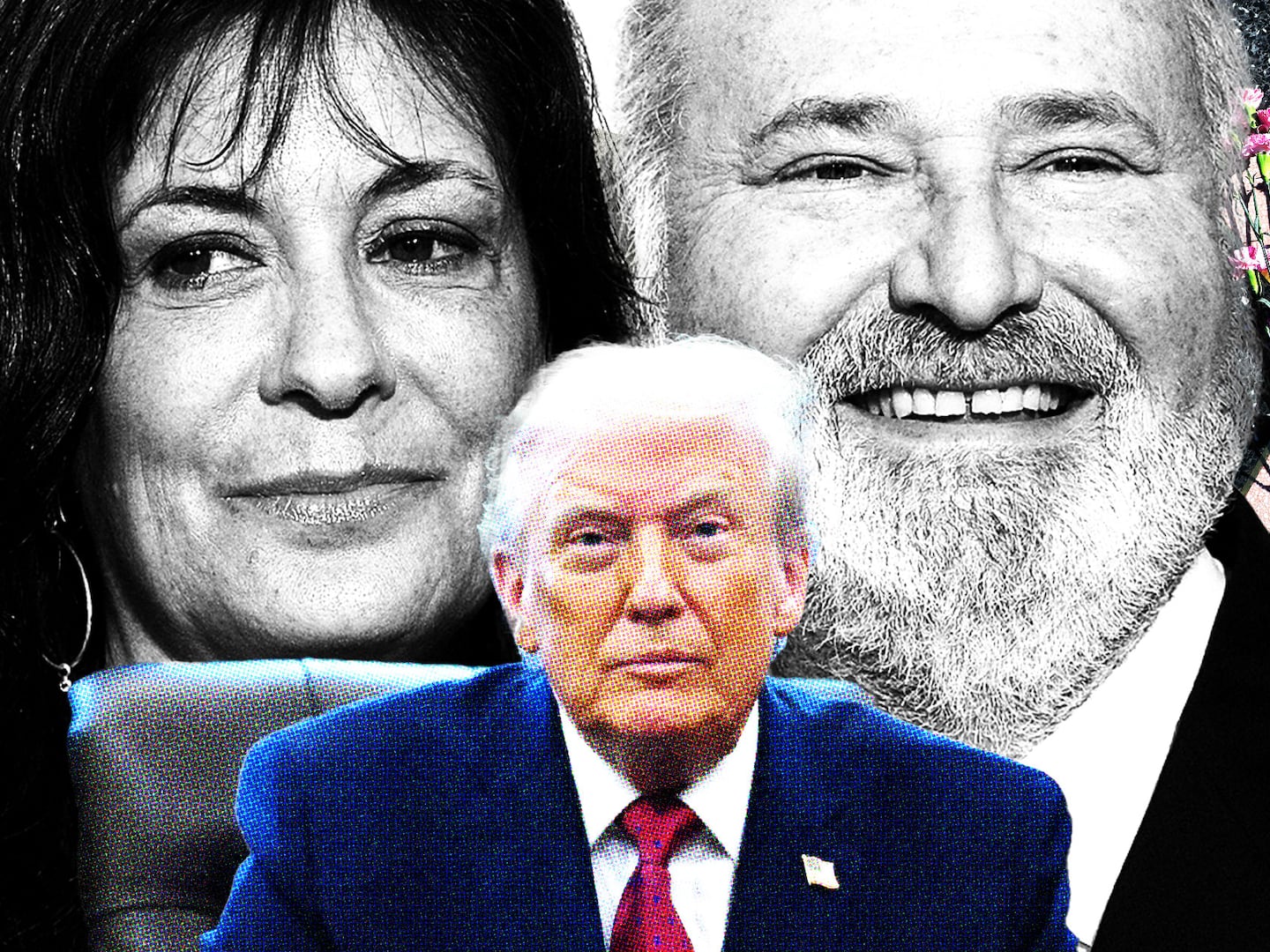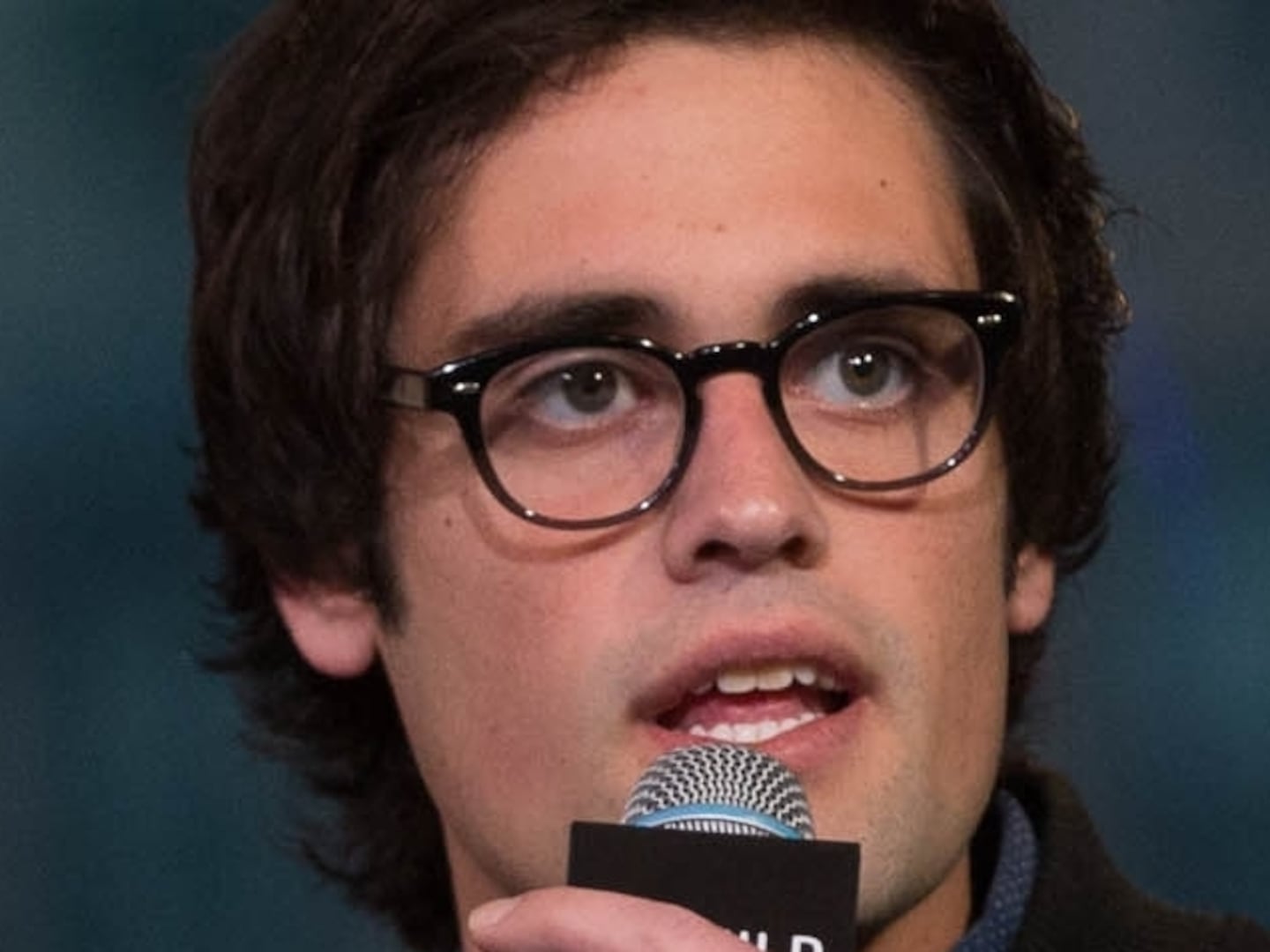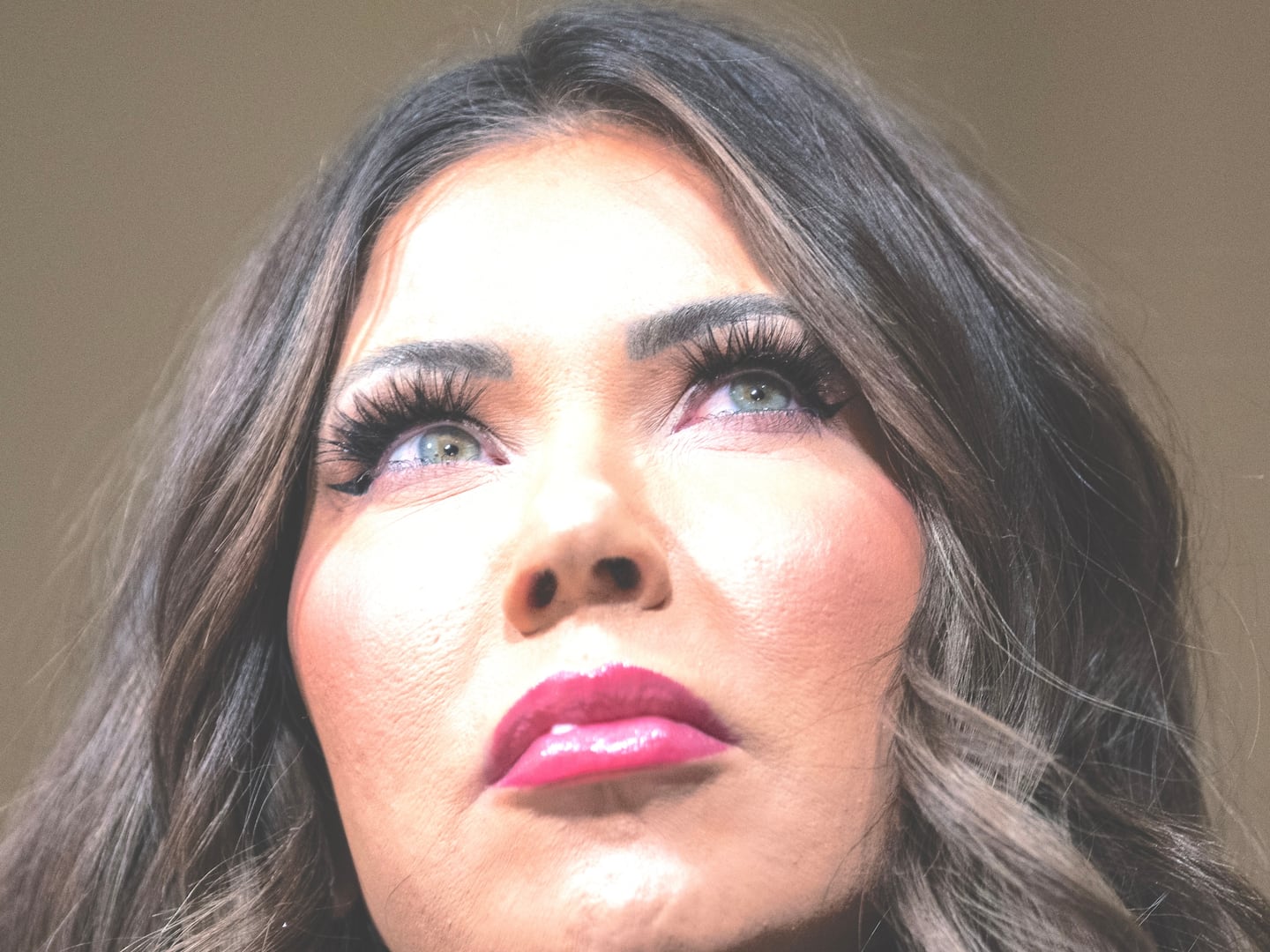On Friday, the Eisner Awards—often called the Oscars of the comic book world—will take place at San Diego Comic-Con, crowning the best and most innovative voices in the comic book industry today.
This year’s awards have already garnered buzz for the record-breaking 61 nominations earned by 49 female creators. Among them are the artist Colleen Coover, nominated for her work on the fun indie Bandette, Monkeybrain’s comic about a Gallic teenage thief; Kelly Sue DeConnick, writer of the phenomenal Image Comics series Bitch Planet; and G. Willow Wilson, author of Marvel Comics’ acclaimed Ms. Marvel series, about a Pakistani teenage superhero.
It's a stark contrast from this year’s French Angouleme comics festival, where ballots were initially devoid of female artists and writers. The scandal that ensued, while tone-deaf and astoundingly mismanaged, may have resulted in a silver lining: It may have stressed to the Eisners’ nominating judges the importance of recognizing stellar female talent, of which there was an abundance this year.
“When Angoulême so ridiculously overlooked female creators in its awards process, I think that prompted the U.S. market to appreciate women’s work all the more so,” says A. David Lewis, comic book scholar and author of Graven Images. “I’d hate for this to be misunderstood as my suggesting it as an over-correction; rather, there always are—there always have been, reaching back even to the Golden Age of comics, as is being historically recovered—women doing sensational work in comics. Perhaps the Eisners, nicely enough, have come to represent that ahead of other award juries and processes.”
Indeed, the spike in recognition in the U.S. should not suggest that women are only now emerging as influential artists and writers in the still largely male-dominated comic book industry. The so-called Golden Age of comics, for example, was rife with female talent: writers and artists like Alice Marble (an associate editor on DC Comics’ Wonder Woman), Janice Valleau Winkleman (one of the very first female comics artists, whose characters got more than their share of fan mail), Dorothy Woolfolk (DC Comics’ first female editor), and many, many others pioneered the field. The talent stretches back decades.
Women largely left the comics workforce after the end of World War II, when men reclaimed their positions in the industry. But even then, women continued to create: many went underground, publishing their own comics or gravitating to children’s books and romance. Fast forward to 2016, and women are spearheading independent publishing houses, creating original stories, and introducing ethnically diverse and feminist female characters. This year’s record number of female Eisner Award nominees is a undoubtedly a breakthrough for women in the industry—but one that has unquestionably been earned the hard way.
Graphic novelist Karen Greene, a comic book librarian at Columbia University who served as a judge for the Eisner Awards in 2011, says both the comic book industry and the annual awards ceremony have evolved to allow more recognition of female creators. “But this represents growing pains for some parts of the industry, no question,” she says.
“The business was so male (and so white) for so long, with editors and publishers giving nods to the people they know,” she says. “But now women are coming into the fold on the merit of their work alone—and whenever women enter a predominantly male enclave, there is pushback and there are frictions.”
And she’s right. Despite the progress reflected in this year’s Eisner nominations, there are still serious issues that women creators face in an industry predominantly run by men. From a noticeable dearth of women in regular staff positions, even at the biggest two publishers—Marvel and DC Comics, where most female character-led stories are still written by men—to allegations of harassment against a top Superman editor, there are still a number of factors barring women from breaking into the upper ranks of management. (One of the few women to occupy a top position, Vertigo executive editor Shelly Bond, was laid off this year.)
Coverage of the industry remains a boys’ club as well—or at least, you’d think so while looking at the outlets that earned Eisner nominations this year. None of the websites and publications up for “Best Comics-Related Periodical/Journalism” are run by women, despite excellent comic criticism and widely read articles being published on sites like “Women Write About Comics” and “The Beat.”
As for the future of the industry and the people involved in shaping that future, Greene says there is hope.
“My friends who teach cartooning tell me that their classes are predominantly made up of women,” she says. “So it’s not surprising that, as these women rise from self-publishing to small presses to major publishers, their work is going to be more visible. And that’s all it takes, really: the chance to have one’s work seen. Once you have that, the quality of the work, regardless of gender, is all that remains.”
Hopefully, she’s right.
